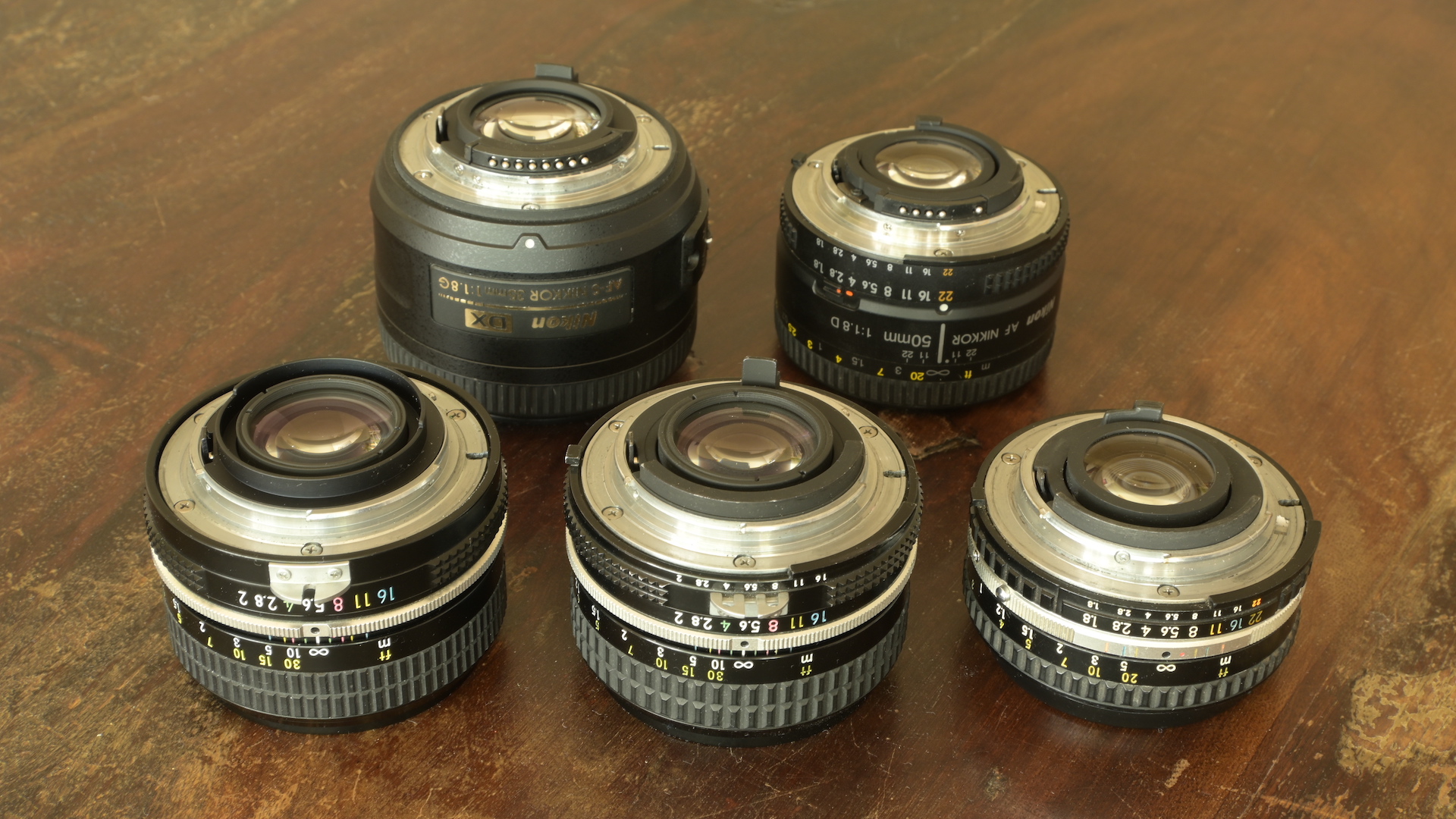
Back in 2003, Apple released the Apple Wireless Keyboard:
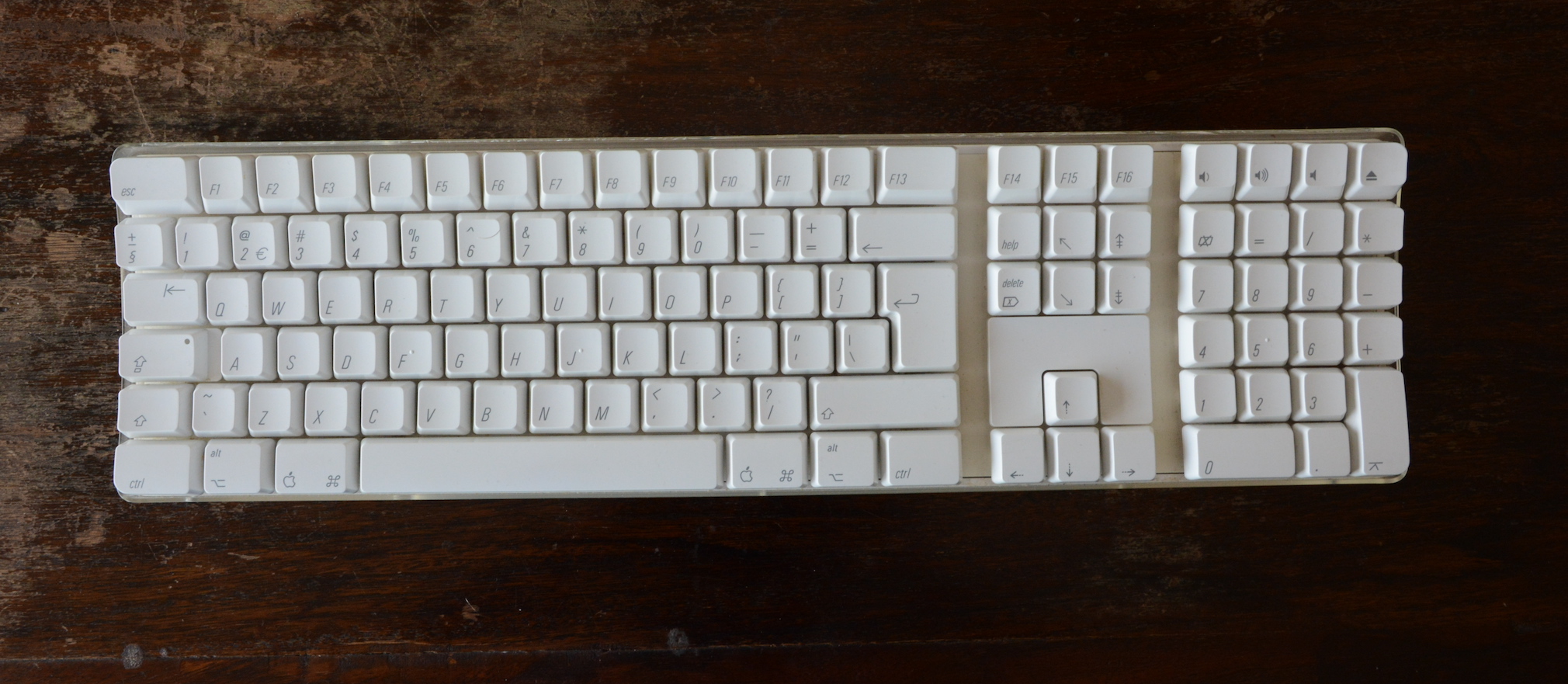
(Not to be confused with later keyboards of the same name that look like laptop keyboards.)
The keyboard still works with an ancient MacBook Pro, but it won't pair with anything from the 2010s. That's too bad, because I think it looks pretty nice. So I decided to see if I could bring its essence into the 2020s by transplanting the keycaps to my Drop CTRL keyboard.
Read the article - posted 2021-03-05
The Commander X16 is an upcoming new Commodore 64 like 8-bit computer built from currently available parts, as explained in Youtube playlist. After watching some of the more recent videos, I decided to download the emulator... and tried out some BASICODE on it.
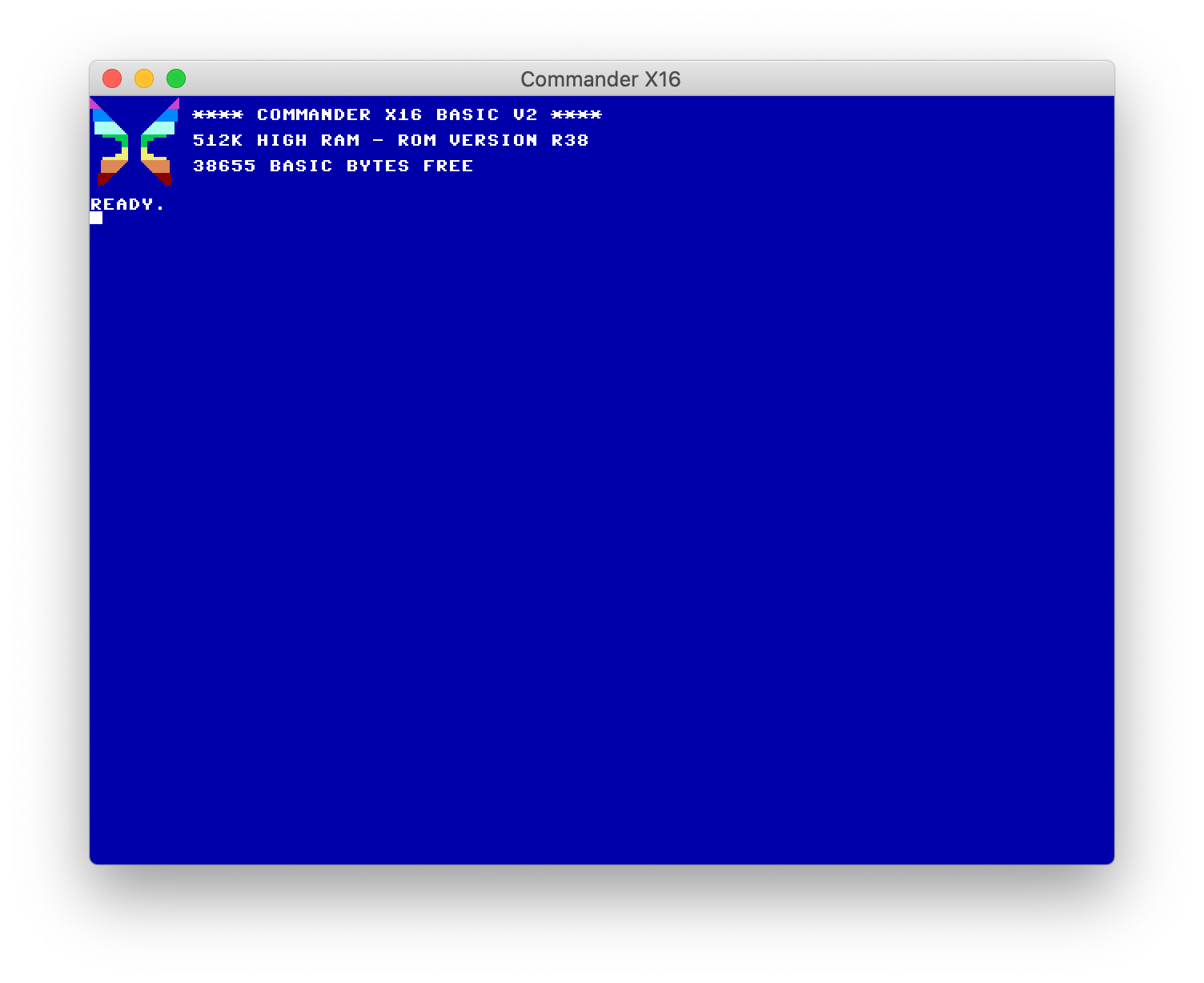
The way the Amiga handles icons changed a number of times over the history of the platform, with the result that many older icons don't look right on Amigas running later versions of the OS. I made a tool to convert these old icons so they look like they should on later Amigas: Iconverter.
Original Amiga mice were never that great, and a few decades of use and storage didn't help. So if there's one part of the Amiga I have no problem replacing with something new, it's the mouse. (Don't feel bad, I swore of Apple mice, too.) So a while ago I got a USB-to-DB9 mouse adapter. That one worked fine with wired mice, which was a big improvement.
However, a few years ago I discovered the Logitech Anywhere MX 2 wireless mouse...
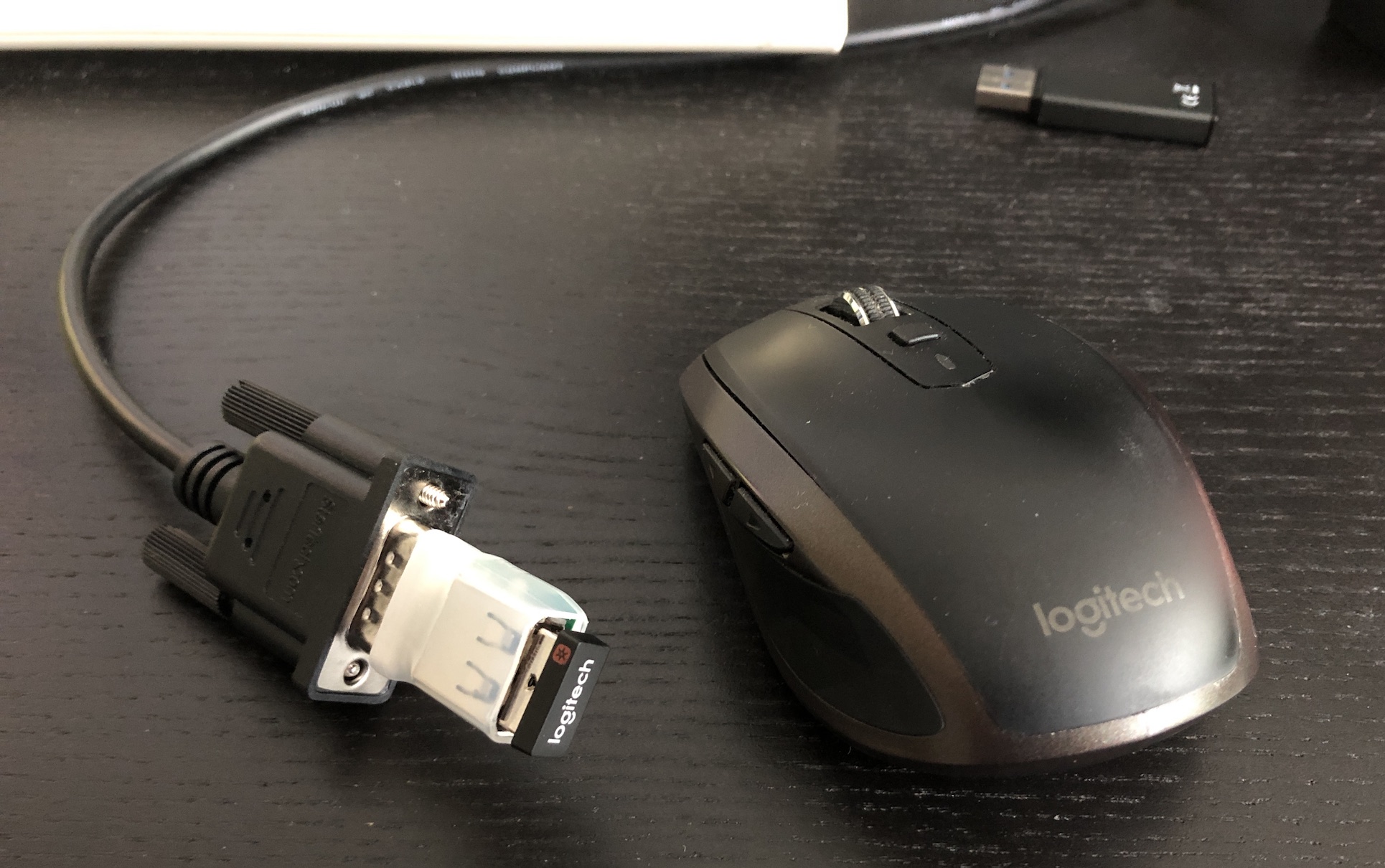
Two forum posts made me think of what it would take to build an Amiga using modern parts, and what should remain the same and what should change about a new Amiga to remain useful in the next decades.
Hint: it invloves HDMI and USB.
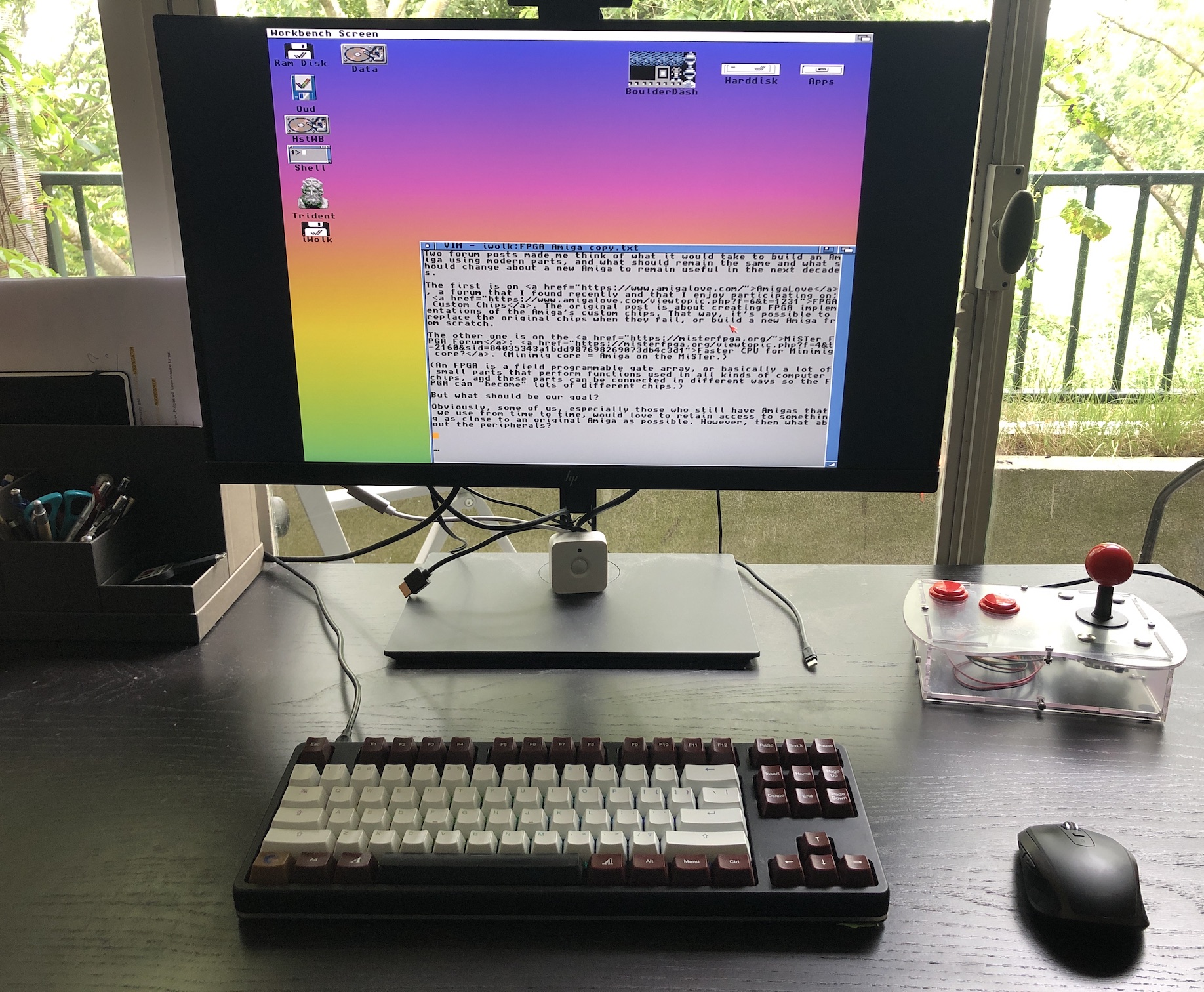
In this latest installment of Amiga short takes:
Seven years ago, I wrote Understanding old Nikon lenses: AI, AI-S, AF and AF-S. A few things have changed since then, so I thought it was time to do a follow-up that looks at how well different Nikon lens generations go with different Nikon camera generations.
